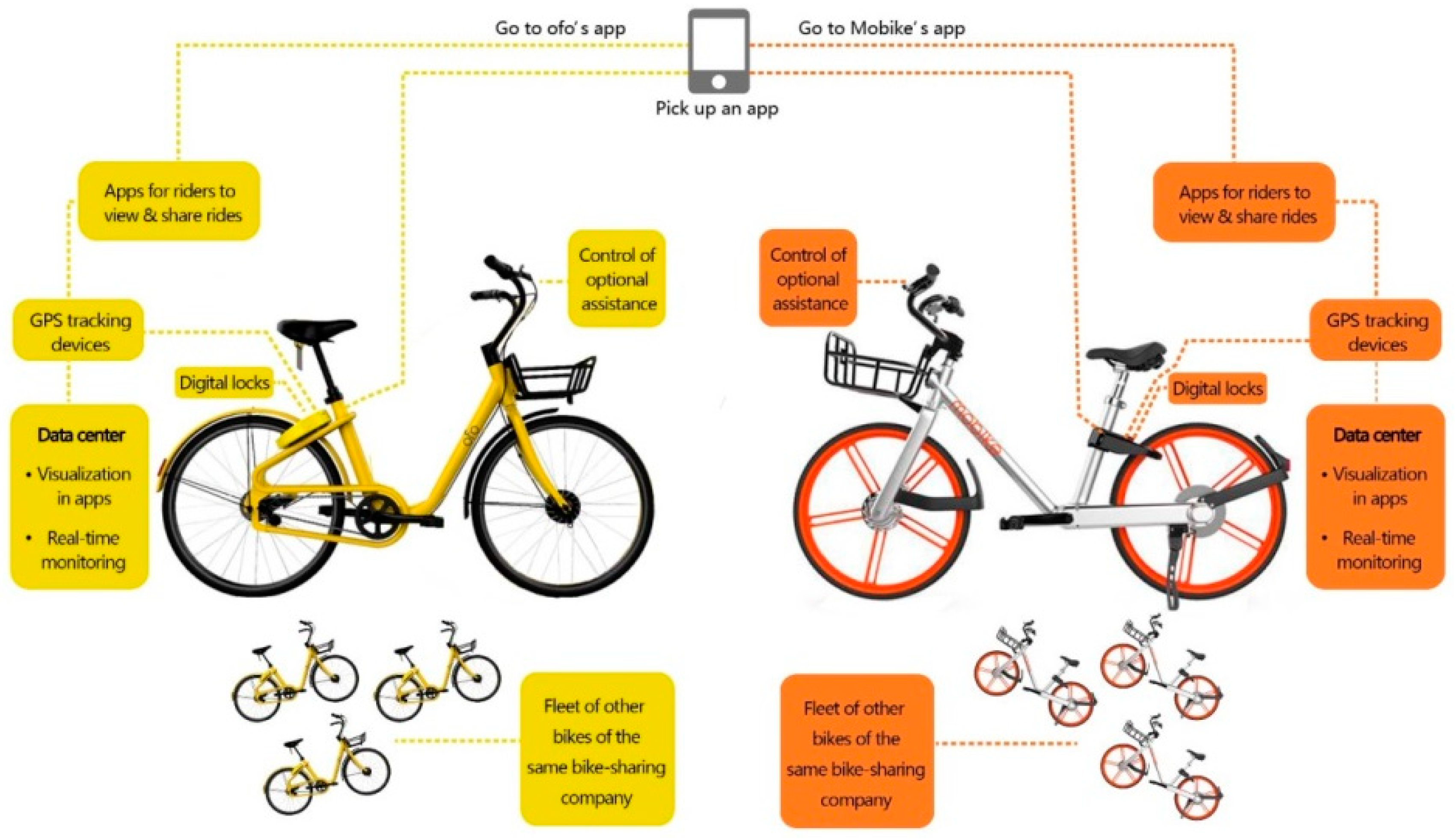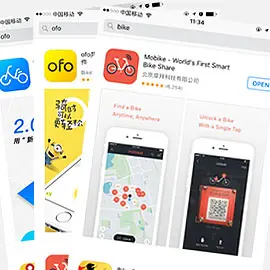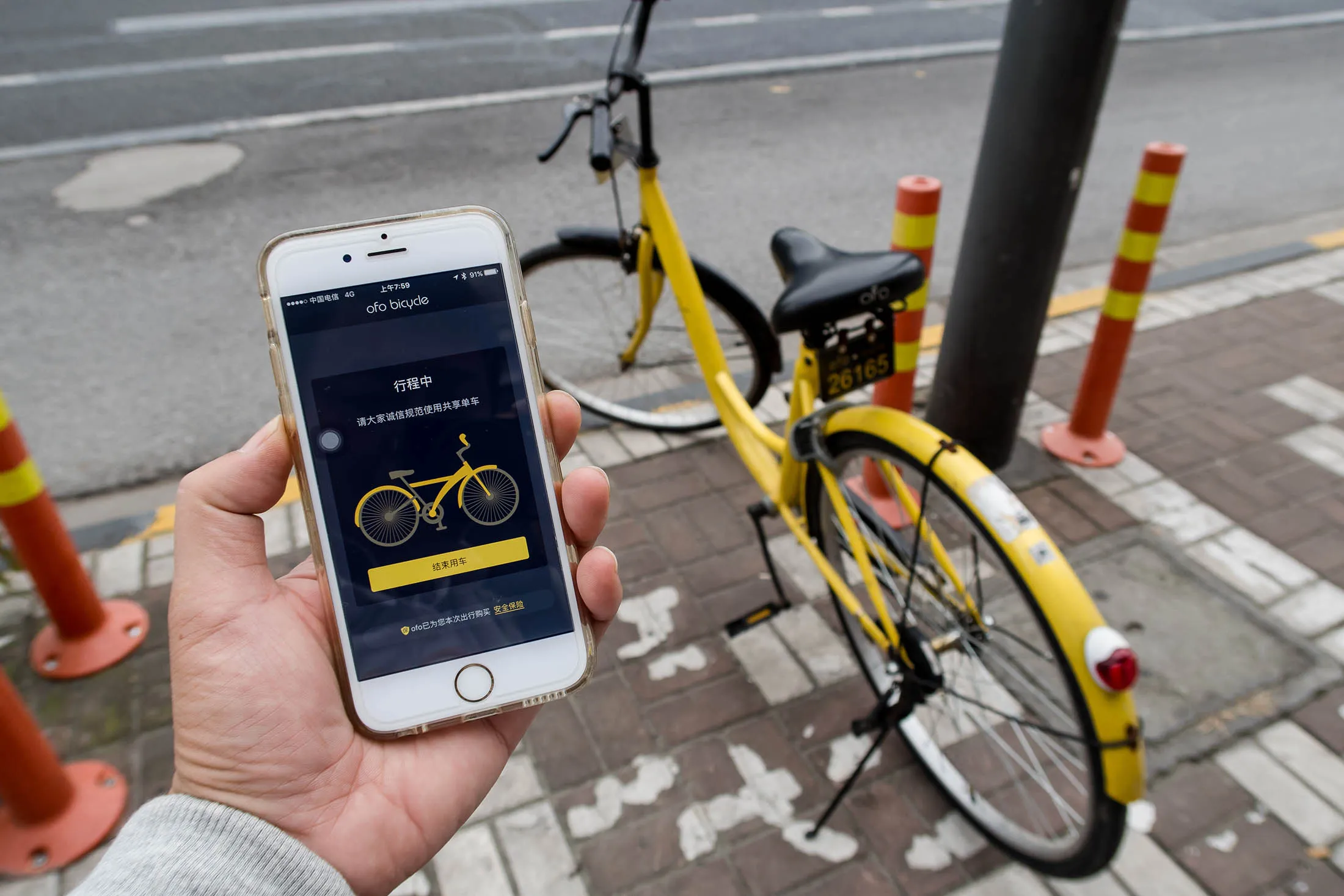Exploring China with Local Bike-Sharing Apps for Tourists
Planning a trip to China? Beyond the incredible sights and delicious food, getting around efficiently is key to maximizing your experience. Here at jusha.travel, we love sharing tips to make your China journey unforgettable, and today, we’re diving into a game-changer for urban exploration: local bike-sharing apps. These ingenious systems have revolutionized how tourists—and locals—navigate China’s bustling cities, offering an affordable, convenient, and wonderfully immersive way to see the sights. Forget crowded subways or expensive taxis; imagine effortlessly gliding through historic hutongs, discovering hidden gems, and soaking in the vibrant street life at your own pace. If you’re looking for a practical China bike-sharing guide for your 2025 adventures, you’ve come to the right place. We’ll explore everything from popular services like Mobike and Hello Bike to essential tips for urban cycling China style, including how to master QR code biking and leverage the latest China travel apps 2025. For more on transportation options, check out our detailed guides.
Embracing the Revolution: Why Bike-Sharing is Your Best Friend in China

China’s bike-sharing landscape is truly phenomenal. Cities like Beijing, Shanghai, Chengdu, and Shenzhen are adorned with thousands of bikes, readily available at almost every corner. This widespread availability means you’re rarely more than a few steps away from your next ride. But why choose a bike when there are other transportation options? The answer lies in the unique blend of convenience, affordability, and the immersive experience it provides. You get to feel the pulse of the city, explore backstreets, and stumble upon local markets or charming tea houses that you might otherwise miss. As Registration China notes, bike-sharing has transformed urban transportation, making exploration easy, accessible, and environmentally friendly.
The beauty of this system, especially for tourists, is its dockless nature. Unlike traditional bike rentals that require you to pick up and drop off at specific stations, most Chinese bike-sharing services allow you to park your bike almost anywhere legal within designated zones. This flexibility is a game-changer, giving you unparalleled freedom to explore spontaneously. Whether you want to quickly hop between historical sites, explore a new neighborhood, or simply enjoy a leisurely ride along a scenic riverside path, these bikes are at your disposal.
Your Go-To Local Bike-Sharing Apps: Meituan, Hello Bike, and DiDi Qingju

While the early days of China’s bike-sharing scene saw many players, a few dominant services have emerged, making the choice for tourists quite straightforward. Here are the top local bike-sharing apps you’ll encounter and how to identify them:
- Meituan Bike: Easily spotted by their bright yellow color, Meituan bikes are ubiquitous in most major Chinese cities. Known for their reliability and extensive coverage, they are often integrated into the broader Meituan super-app, which also covers food delivery and other services.
- Hello Bike (Hellobike): These bikes are typically blue and white. Hello Bike is another hugely popular choice, praised for its user-friendly app and affordable rates. Kosupa Travel provides a comprehensive guide on how to use China’s HelloRide service, highlighting its convenience for tourists.
- DiDi Qingju: Sporting a distinct green, these bikes are operated by DiDi, China’s leading ride-hailing platform. Their bikes are widely available and seamlessly integrate with major digital payment methods, making them a smooth option for those already familiar with DiDi’s services.
You might recall names like Mobike (orange) and Ofo (yellow) from earlier years. While pivotal in pioneering the bike-sharing concept, their market presence has dwindled. Mobike, in particular, has seen its operations gradually integrated into Meituan, making the yellow bikes of Meituan a familiar sight for former Mobike users. For an interesting historical perspective, Travel China Guide offers insights into the evolution of Chinese lifestyle, including the rise and fall of various bike-sharing platforms. Knowing these key players will make your initial interactions much smoother.
Mastering QR Code Biking: A Step-by-Step Guide for Tourists

The beauty of China’s bike-sharing system lies in its technological simplicity, primarily revolving around QR code biking. Here’s a practical, step-by-step guide to get you rolling: For tips on using bike-sharing apps, see our detailed resources.
- Download the App: First things first, download one of the main apps: Meituan, Hello Bike, or DiDi. These are readily available on both iOS and Android. Some services are also integrated into super-apps like Alipay and WeChat, which you might already be using for other purposes. Ruqin Travel’s guide on bike sharing and rentals provides excellent advice for foreigners.
- Register Your Account: This is where having a local SIM card or an international number that can receive SMS abroad comes in handy. You’ll need to register with a phone number and often provide basic details. Some apps might even require a photo of your passport for verification, so have it ready.
- Add a Payment Method: This is perhaps the most crucial step for tourists. While previously challenging, both Alipay and WeChat Pay now accept international credit and debit cards, making payments far easier for foreign visitors. Link your card to one of these platforms, and then connect your chosen bike-sharing app to Alipay or WeChat Pay. This system is largely what makes China travel apps 2025 so efficient for tourists.
- Find & Unlock a Bike: Open the app, and you’ll see a map displaying all available bikes nearby. Walk to your chosen bike, and simply *scan the QR code* located on the bike’s lock using the app’s built-in scanner. The lock will automatically release, and your ride begins!
- Ride and Return: Enjoy your urban cycling China adventure! When you’re done, park the bike responsibly in a designated parking area (often marked within the app or by painted lines on the pavement). Manually lock the bike if required, and then confirm “end trip” on the app. Your payment will be automatically deducted based on the duration of your ride.
The cost is incredibly budget-friendly, typically ranging from 0.5 to 1 RMB (roughly $0.07-$0.14 USD) per 30 minutes, making it one of the most economical ways to traverse Chinese cities. For extended stays, you can even purchase daily or weekly passes within the apps for even greater savings, as highlighted by Travel China Cheaper’s 2025 guide. For budget travel tips, integrate bike-sharing into your itinerary.
Safety and Spontaneity: Maximizing Your Urban Cycling China Experience

While the freedom of urban cycling China offers is immense, safety should always be your top priority. Chinese cities are bustling, and traffic can be intense, especially in major metropolises. Here are some essential tips for a smooth and safe ride: Refer to our safety guide for shared bikes for more details.
- Stay in Bike Lanes: Most major roads in China have dedicated bike lanes. Always use them. They offer a safer passage and help you navigate the flow of traffic.
- Observe Traffic Laws: While cyclists sometimes appear to have their own rules, adhering to traffic signals and local regulations is crucial for your safety.
- Be Aware of Others: Pedestrians, e-scooters, and other cyclists share these lanes. Be vigilant, especially for sudden stops or changes in direction.
- Weather Considerations: China experiences diverse climates. Summers can be intensely hot and humid in southern cities like Guangzhou and Shanghai, while winters can be chilly in the north. Dress appropriately, stay hydrated, and plan your rides for cooler parts of the day if necessary.
- Language: While the bike-sharing apps usually have English interfaces, knowing a few basic Chinese phrases for directions or asking for help can significantly enhance your experience and confidence on the road.
Beyond safety, embrace the spontaneity! These bikes are perfect for bridging the “last mile” between subway stations and your final destination, saving you precious time and effort. Imagine finishing a delicious meal and deciding to leisurely cycle to the nearest park, or perhaps taking an unexpected detour down a narrow alleyway to discover a charming local shop. This is where the magic of Mobike travel tips (and tips for its successors!) truly comes alive – it’s about the journey as much as the destination. For insights into futuristic cities, incorporate cycling into your urban explorations.
Conclusion
China’s local bike-sharing apps are more than just a transportation method; they are an invitation to experience the country in a uniquely intimate and exhilarating way. From the convenience of QR code biking to the thrill of urban cycling China style, these services offer unparalleled freedom and affordability for exploring China’s dynamic cities. They stand out as one of the most effective and enjoyable China travel apps 2025 can offer, enhancing your journey by putting you directly in the heart of local life. While services like Mobike travel tips might now refer to the broader bike-sharing ecosystem, the core benefit remains: an easy, budget-friendly, and eco-conscious way to discover hidden corners and vibrant street scenes.
Whether you’re planning a quick business trip or an extended adventure, mastering this China bike-sharing guide will significantly enrich your travels. So, download those apps, connect your payment, and get ready to pedal your way through an unforgettable Chinese escapade. For more invaluable insights, cultural highlights, and delicious food guides, be sure to visit jusha.travel! What are your thoughts on bike-sharing in new cities? Have you tried it in China already? Share your experiences and tips in the comments below!

